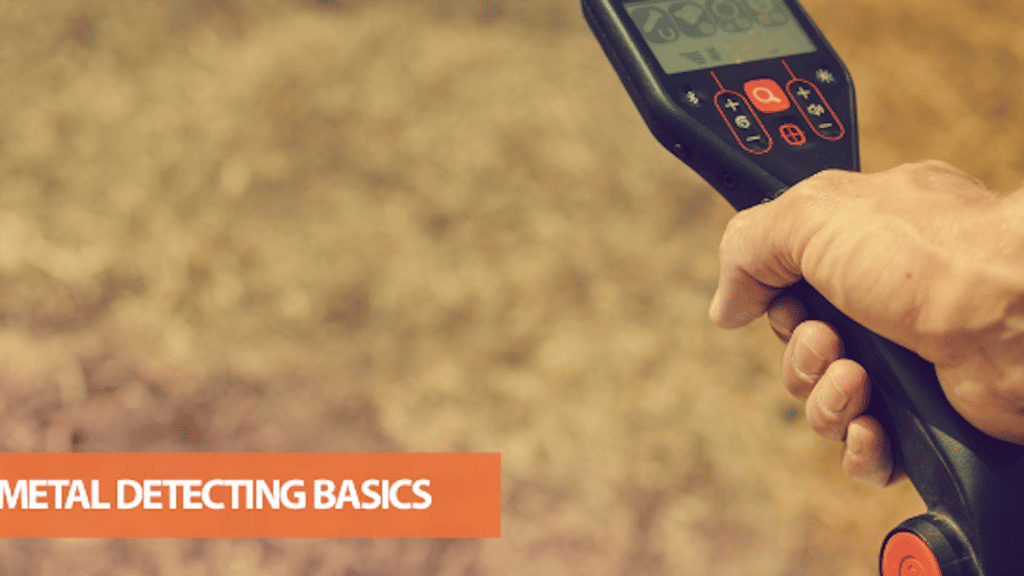Metal detectors are tools specifically designed to detect metals that lie deep underground the surface. When metal detectors were first invented they were designed for screening, security and to locate gold mines. There are a few industries that use metal detectors, such as food goods, pharmaceuticals, packaging and plastic companies. Other metal detectors that are hugely common are metal detectors used for hunting all kinds of different treasures hidden.
You might be wondering how these metal detectors actually work, here we explain:
Mostly all kinds of metal detectors work on the fundamental principle that when an electric current passes through a loop it will produce a magnetic current flow. There is a part in a metal detector that is called an oscillator this produces the alternating current flow. A magnetic field is produced when an alternating or an electric current passes through the transmittal coil, it will then generate a current flow in the object that will then produce another magnetic field on it. Another part that you will find on a metal detector is the receiver coil this can detect any magnetic field changes because of the presence of a metal object.
Metal detectors use the following technologies:
Very low-frequency technology. (VLF) This technology most metal detectors use. There are two types of coils which are the receiver coil and the transmitter coil. The coil where the electric current is sent then creates the magnetic field which pushes down to the ground and pulls back this is called the transmitter coil. Magnetic fields get generated by the metal detector which reacts with any metallic or conductors that passes over it. When it encounters something, the electric current and the magnetic field is formed around the metal detector conductor.
So the receiver coil on a metal detector is protected from the influence of the magnetic field which the transmitter coil produces and it only gets affected by the metallic object magnetic field. The electricity that runs on a metal detector receiving coil produces a magnetic field that is very weak when an object gets near the metal detector. In return, the coil on the metal detector will amplify and send the frequency of the electricity that has the exact same frequency with the magnetic field that comes from the metal to make analysis in the metal detectors control box. With this, the metal detector that works on a very low-frequency technology will be able to determine different kinds of metals, and the depths of the position of the object when being detected.
Pulse induction technology (PI technology) these technologies are used both on the transmitter and the receiver. You can use up to 3 coils. Metal detectors send a short burst of current in the coil that will generate a shorter magnetic field. In every burst, the generated magnetic field will reverse the polarity and will eventually collapse. An electrical spike can be created and will only last for a very short period. When the magnetic field, pulse and spike collapse a known current as reflected pulse can only last for a few seconds. However, the reflected pulse lasts in longer period when coming into contact with the metal detector. Metal detectors are tools that have an integrator which has a sample circuit that can be easily monitored. The audio circuit when receiving electricity will produce tones that indicate the presence of an object.
The Beat Frequency Oscillator technology ( BFO Technology) is also a very low frequency this technology uses two wire coils. One coil can be found in the metal detectors control box, and in the search head is the other coil. The two coils stay connected in the oscillator that sends out allot of pulses per second. When the pulse through radio waves can be created and the receiver in the coil box collects them all. After this, you will start to hear clear tones from the radio wave frequency which is created by the receiver in the metal detector. The current of electricity that is moving in the coil in the metal detectors search head will create a field of magnet that creates a new field of the magnet around any metallic object that the metal detector passes over. The radio waves from the search head coil get interfered by the magnetic field created by the metallic objects it senses. This changes the tone in the receiver and helps to detect out the object that is being targeted.
Many metal detectors are made from this kind of technologies. These types of metal detectors can be distinguished the difference between different kind of objects.
Are you looking for a Metal detector for sale? We have a wide range of Metal detectors for sale capable of finding small gold nuggets for gold prospectors and detectors suited to finding gold rings and jewellery. Whether you are a hobbyist looking for an entry-level Metal detector or a gold prospector we have the widest range and best Metal detectors available.

Be the first to write a comment.